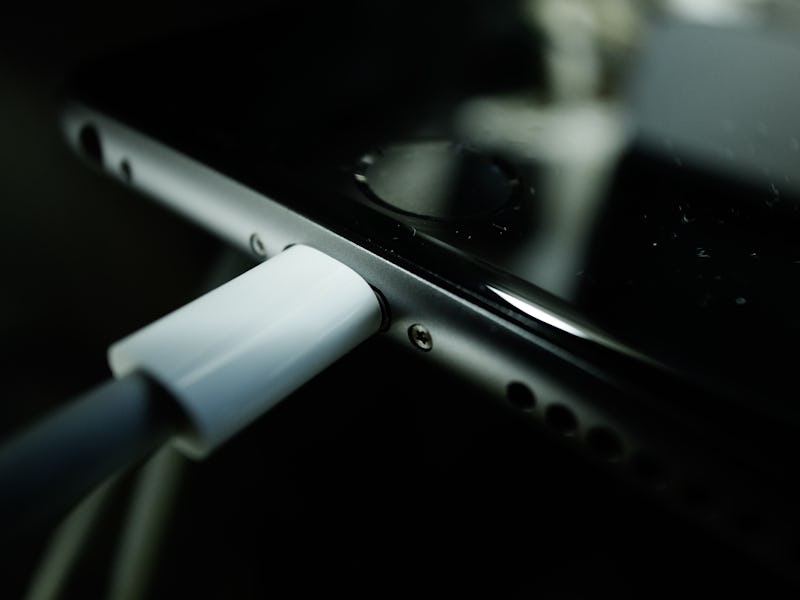Apple Reveals How Battery Health Will Work in Future iOS Updates
The battery health indicator explained.

In January, Apple announced it would allow users to better understand the state of their iPhone batteries by adding a battery heal indicator to the Settings menu in the iOS 11.3 update. The company now revealed Monday how this feature will work.
This new addition comes after it became known that Apple was throttling, or slowing down phones with older batteries. The battery health indicator will let users toggle throttling on or off if they wish, though the company stands by its reasoning that slowing down performance might actually be beneficial for aging phones.
Curious users can test this out early by signing up for the public beta. But be warned, this is not the finalized update and may contain bugs, which could just be a nuisance or potentially cause data loss.
If you do decide to test out iOS 11.3, navigate to the battery health indicatory by tapping through Setting > Battery > Battery Health (Beta). Inside of this menu you’ll find two details: “Maximum Capacity” and “Peak Performance Capability.”
Maximum Capacity
This section of the iOS 11.3 battery health indicator will tell users how much charge their phone can hold.
This tells you the amount of charge your battery can hold until it needs to be recharged.
If your phone is brand new, it should be at 100 percent. As it ages, it should begin to trickle downwards. Apple explain that their batteries are supposed to be able to stay at 80 percent capacity after 500 charge cycles and will provide service coverage for any defective batteries.
This provides users with more transparency when it comes to the power source of their iPhones. It also affects what happens in the following submenu.
Peak Performance Capability
This section of the battery health indicator will tell users if battery throttling has been turned on or off.
This is where you can toggle battery throttling. Apple says brand new phones will come with this turned off, though it will switch on if your device shuts down unexpectedly. However, you can turn it back off once you power up your iPhone again.
While most users might jump to have this off all the time, Apple said that as your battery gets older throttling might make it last longer.
“Only if these variables require it, iOS will dynamically manage the maximum performance of some system components, such as the CPU and GPU, in order to prevent unexpected shutdowns,” the company wrote in a statement. “As a result, the device workloads will self-balance, allowing a smoother distribution of system tasks, rather than larger, quick spikes of performance all at once.”
This may include longer app loading times, lower frame rates while scrolling, blacklight dimming, and lower speaker volume.
At least Apple is giving users the option of circumventing these changes instead of just forcing them on people, which is a step in the right direction for consumer transparency.